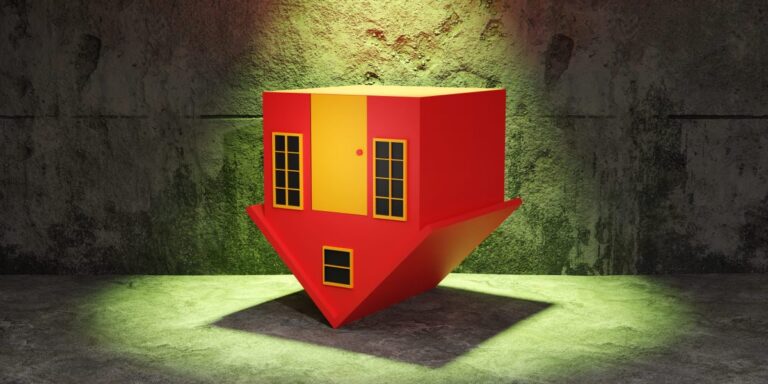Howard Hughes Holdings Inc. CEO David O’Reilly told CNBC on Wednesday that since the mid-1980s, it’s common for new homes to be more expensive than existing homes, but prices have fallen in the past few months, adding that that’s no longer the case.
“Today’s results show that that has in fact reversed,” he said.
The median sales price of new homes fell 0.9% to $417,400 in May from a year earlier, the Commerce Department said Wednesday.
In contrast, the average sales price of existing homes rose 5.8% from a year ago to a record $419,300 in May, the National Association of Realtors said earlier this month, reflecting higher sales of higher-priced homes and more purchases by multiple buyers.
And so far this year, prices for existing homes have risen even more, up 10.8% from $378,600 in January, compared with $430,400 for new homes.
This is because the lock-in effect in the housing market has led to a tight supply of existing homes as homeowners with low mortgage rates are reluctant to part with their homes and aren’t selling, but demand remains high, putting upward pressure on prices.
Meanwhile, the latest quarterly reports from homebuilders showed average sales prices falling, citing a change in product mix, O’Reilly said.
“This shows that consumers are adapting to smaller homes and being able to live in less space, and are trying to get back into the affordable range again,” he said.
O’Reilly, who runs a property development and management company and also works with builders, has been bullish on the sector, declaring in April that we are currently living in a “golden age of homebuilding.”
The reversal in prices between new and existing homes also comes at a time when $200,000 starter homes are disappearing, making it more difficult for first-time homebuyers to enter the housing market.
“Over the past few years, the number of homes priced under $200,000 has fallen from roughly half of all sales to less than a quarter of sales in 2023,” Realtor.com said in a report earlier this month, calling the statistic “clear evidence of declining home affordability nationwide.”

